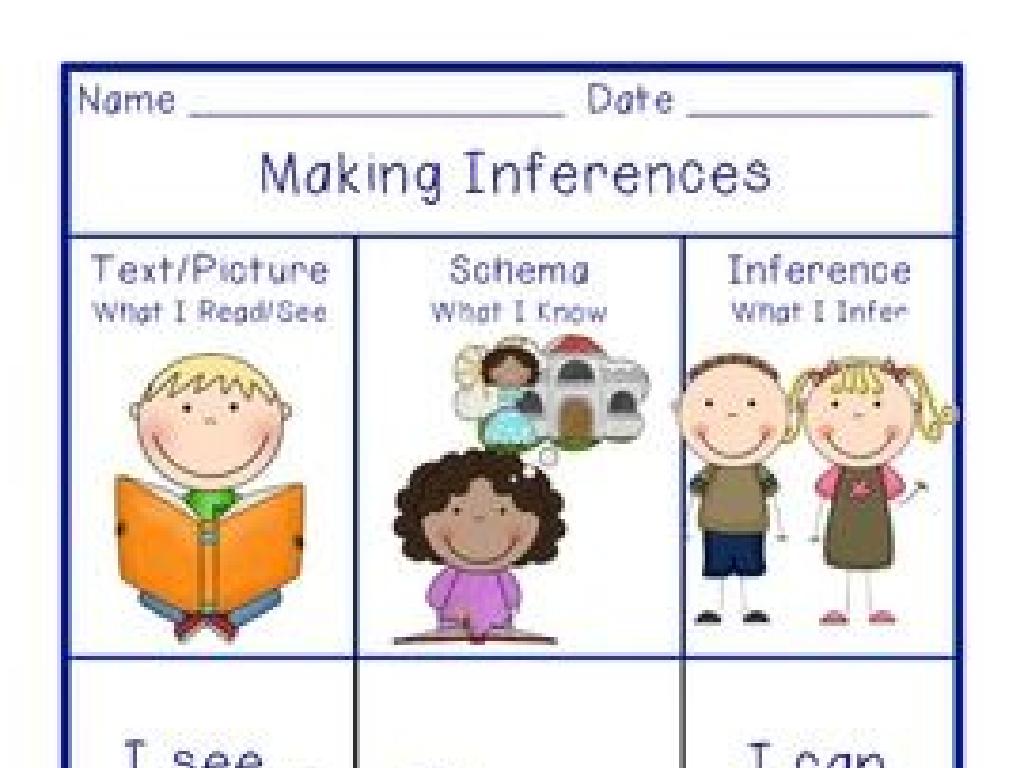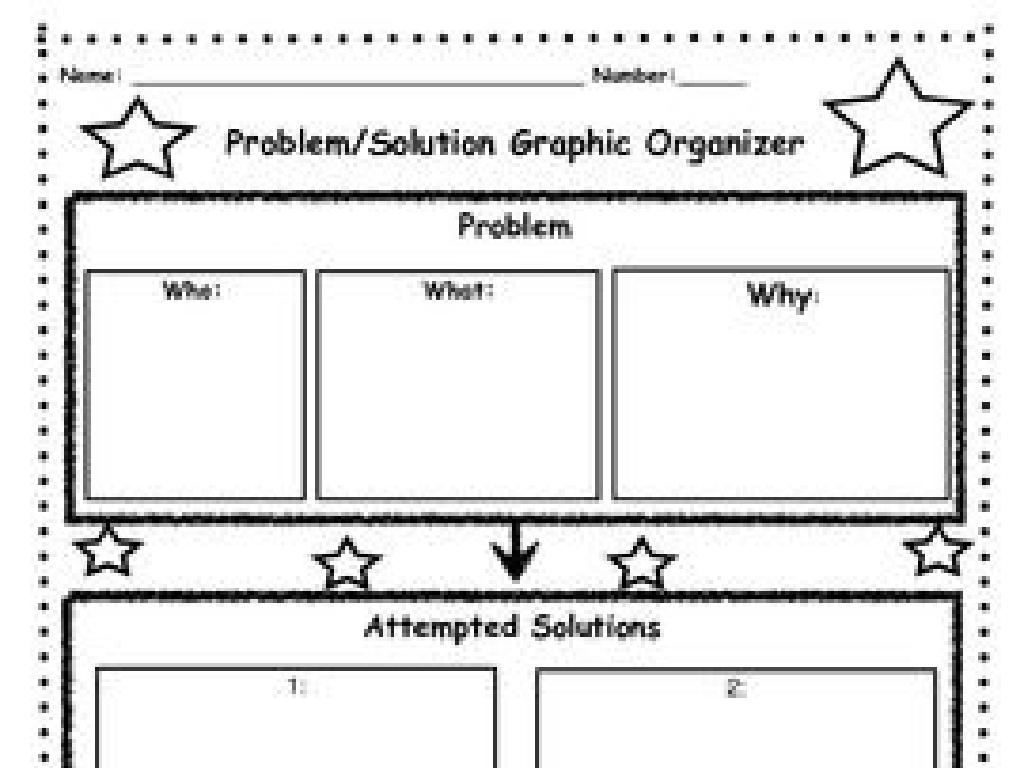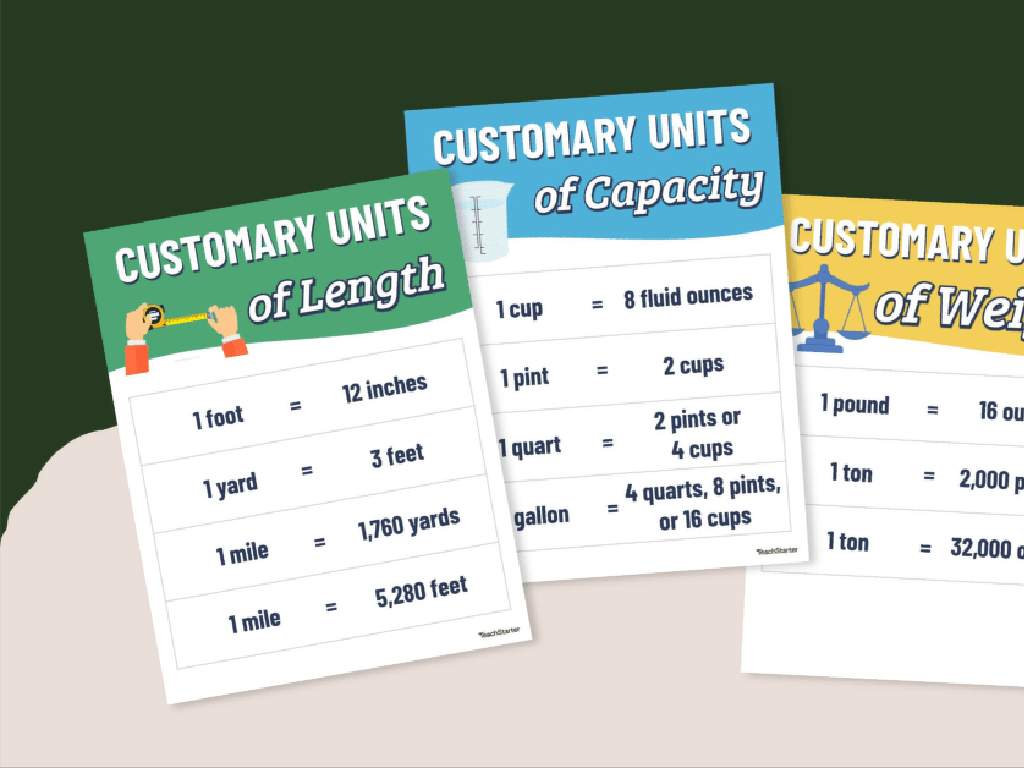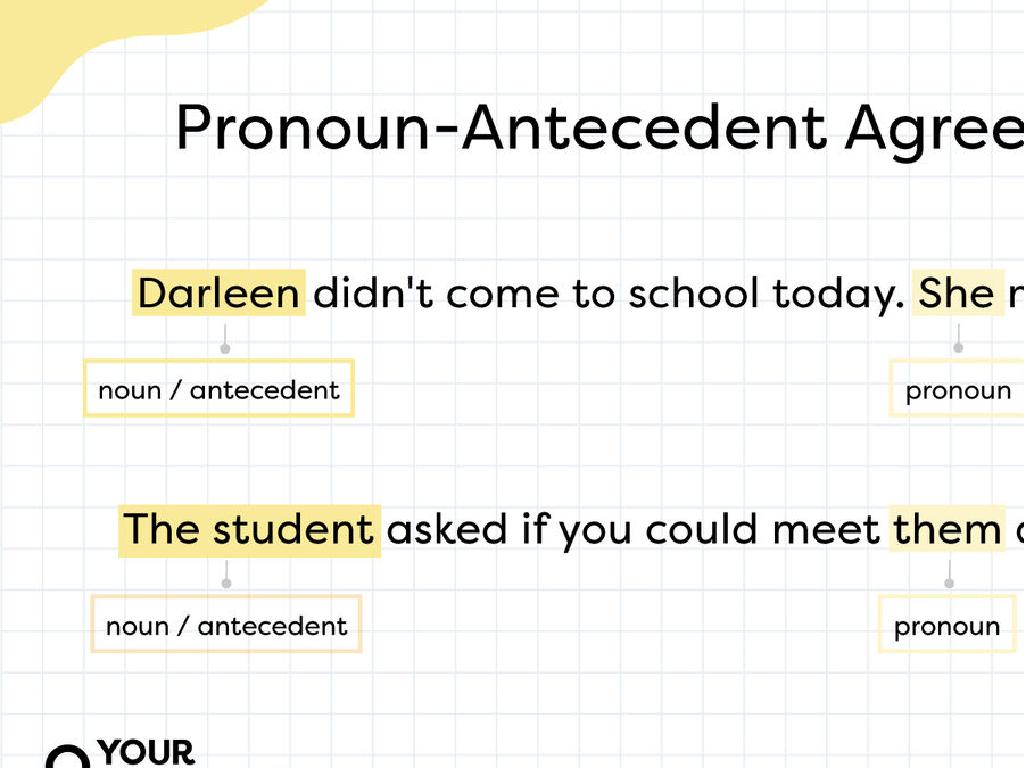Banks
Subject: Social studies
Grade: Fourth grade
Topic: Banking And Finance
Please LOG IN to download the presentation. Access is available to registered users only.
View More Content
Introduction to Banks
– What is a Bank?
– A bank is a place where money is kept safe.
– Reasons we use banks
– To save money, get loans, and pay bills.
– Banks’ role in our community
– Banks help people manage money and support businesses.
|
This slide introduces students to the concept of banks and their importance in everyday life. Begin by explaining that a bank is an institution where people can save their money, borrow money for various purposes, and carry out financial transactions. Emphasize that banks are essential for safekeeping money, making payments, and obtaining funds for things like buying a house or starting a business. Discuss how banks contribute to the community by supporting local businesses with loans, creating jobs, and facilitating economic growth. Use examples relatable to fourth graders, such as a bank being like a giant piggy bank where people keep their money safe or a place where their parents might go to borrow money for a new car.
The Evolution of Banking
– Early forms of money exchange
– Bartering goods, then coins and paper money
– Changes in banking over time
– Introduction of ATMs, online banking
– Notable banks from the past
– Medici Bank in Italy, Bank of England
– How history shaped modern banking
|
This slide provides a historical perspective on banking, beginning with the barter system and the introduction of coins and paper as a medium of exchange. Highlight the significant changes in banking, such as the creation of banks, the introduction of checking accounts, ATMs, and the rise of online banking. Discuss famous historical banks like the Medici Bank, which played a crucial role in the development of banking in the Renaissance, or the Bank of England, one of the world’s oldest central banks. Explain how these developments have led to the modern banking system we use today. Encourage students to think about how banking has made life easier and how it might change in the future.
Types of Banks
– What are Commercial Banks?
Commercial banks offer services to the general public and businesses.
– Understanding Credit Unions
Credit unions are non-profit and serve members who share a common interest.
– Exploring Online Banks
Online banks operate on the internet without physical branches.
– Comparing Different Banks
How are they different in terms of services, accessibility, and membership?
|
This slide introduces students to the various types of banks and their primary functions. Commercial banks are for-profit institutions that offer a wide range of services to individuals and businesses, including savings and checking accounts, loans, and more. Credit unions are member-owned, not-for-profit organizations that often offer better interest rates and lower fees. Online banks are accessible through the internet and typically offer higher interest rates on savings. It’s important to discuss with students how these banks differ in terms of their services, accessibility, customer service, and membership requirements. Use examples that are relatable to fourth graders, such as a piggy bank as a simple bank, to help them understand the concept of saving money and earning interest.
How Banks Work
– Role of bank tellers
– Bank tellers help with deposits, withdrawals, and account questions.
– Savings vs. checking accounts
– Savings accounts keep money safe; checking accounts for daily use.
– Earning interest on savings
– Banks pay you for keeping money in a savings account over time.
– How interest benefits you
|
This slide introduces students to the basic functions of banks and the roles of bank tellers. It distinguishes between savings and checking accounts, explaining that savings accounts are for storing money long-term, while checking accounts are for everyday expenses. The concept of interest is introduced, showing how banks pay customers for keeping their money in savings accounts. Emphasize that interest is a way for money to ‘grow’ over time, which can help them save for future goals. Use examples like saving allowance money to buy a toy to make the concept relatable.
Exploring Bank Services
– What is an ATM?
– ATM stands for Automated Teller Machine, a tool to withdraw cash.
– Understanding loans and mortgages
– Loans are borrowed money; mortgages are loans for buying homes.
– Safe deposit boxes explained
– Secure boxes at banks to keep valuable items safe.
– Discover other bank services
– Banks also offer online banking, check cashing, and more.
|
This slide introduces students to various services provided by banks. Begin with explaining ATMs as machines where you can get money using a special card, even when the bank is closed. Discuss loans as a way to borrow money that you promise to pay back, and mortgages specifically as loans for purchasing a house. Describe safe deposit boxes as special lockers at the bank where you can store important things like a birth certificate or a family heirloom. Highlight additional services like online banking, which lets you handle your money through the internet, and check cashing services. Use examples relatable to fourth graders, such as saving up for a new bike, to illustrate these concepts.
Being Smart with Money
– Importance of saving money
– Saving helps you buy big things & prepares for emergencies.
– Creating a simple budget
– List income and expenses to plan your savings.
– Learning to spend wisely
– Compare prices and think before you buy.
|
This slide introduces students to the concept of financial literacy, emphasizing the importance of saving money, budgeting, and spending wisely. Explain that saving money can help them make big purchases in the future or be prepared for unexpected expenses. Show them how to create a simple budget by writing down money they receive (allowance, gifts) and their expenses (toys, snacks). Discuss the importance of comparing prices and thinking carefully about purchases to avoid wasting money. Encourage students to share their own experiences with saving or spending and to think about ways they can be smarter with their money.
Class Activity: My Bank
– Create a mock bank in class
– Role-play as bankers and customers
– Practice depositing ‘play money’
– Use fake money to deposit into accounts
– Practice withdrawing ‘play money’
– Use fake money to withdraw from accounts
|
This interactive class activity is designed to help students understand the basic functions of a bank. Set up a mock bank in the classroom with different stations for various banking activities. Assign roles to students, rotating them between being bankers and customers to ensure everyone gets a chance to experience both sides. Provide play money for students to use while they practice making deposits and withdrawals, reinforcing the concept of saving and spending. This hands-on experience will help solidify their understanding of banking operations. Possible variations of the activity could include calculating interest, using checks, or setting up a small loan system to simulate more complex banking transactions.
Wrapping Up: The Role of Banks
– Recap on banks
– Importance of banks for savings
– Banks keep our money safe and help it grow with interest.
– Questions about today’s lesson
– Reflect on what we’ve learned
– Think about how banks help our community.
|
As we conclude today’s lesson, recap the main functions of banks, emphasizing their role in keeping money safe and helping it grow through interest. Highlight why it’s important to save money in a bank rather than keeping it at home. Encourage students to think about the benefits of banks not just for individuals, but for the whole community. Open the floor for any questions the students might have, ensuring they feel comfortable and confident in what they’ve learned. Allow them to share their thoughts and reflections on the topic, and provide answers to any queries they might have. This will help solidify their understanding of the banking system and its importance in everyday life.





